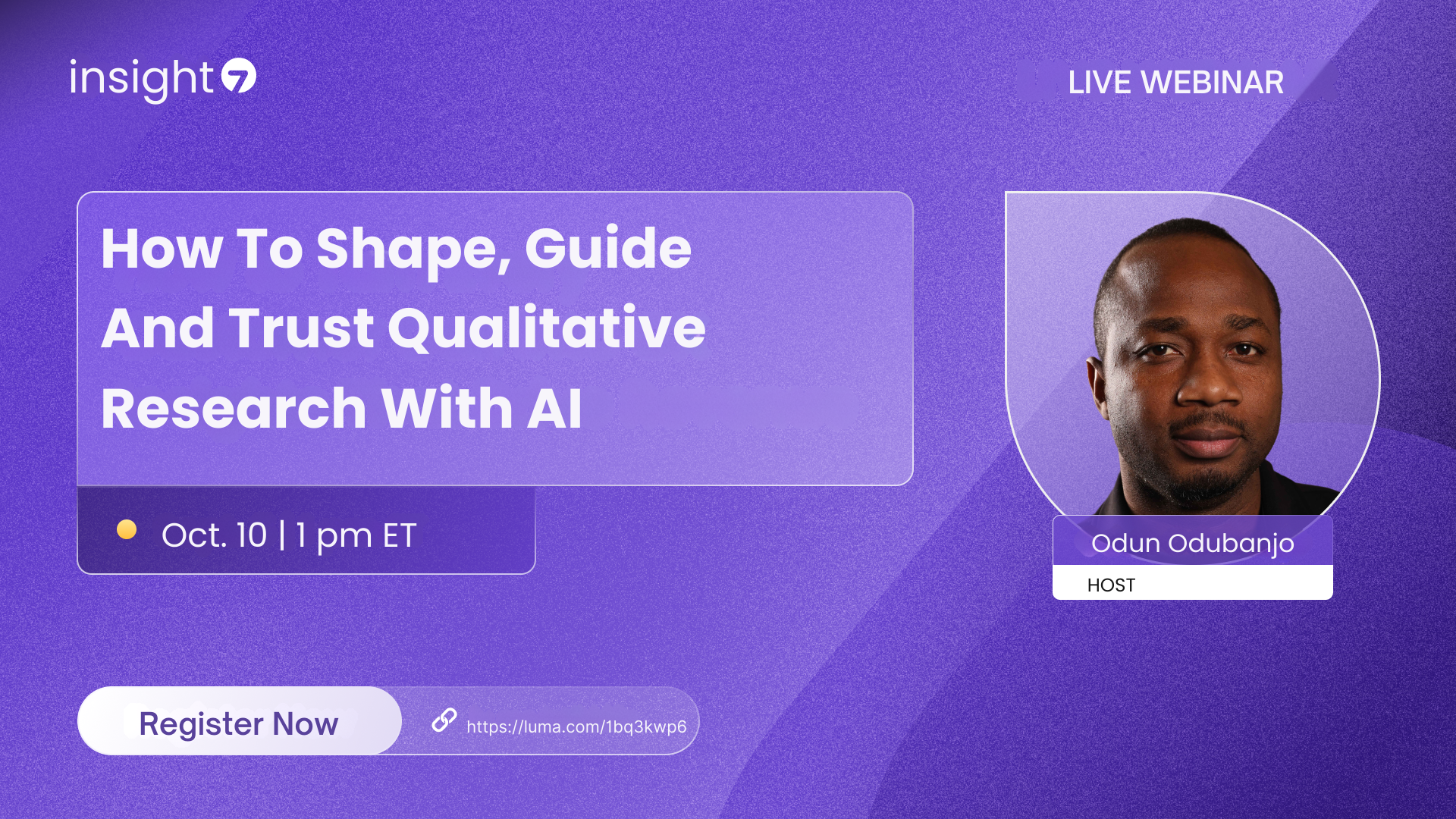Top 5 UX Research Projects for Market Insights
-
Bella Williams
- 10 min read
In today’s competitive market, businesses are increasingly turning to user experience (UX) research to glean valuable insights. Understanding user behaviors and preferences is crucial for refining products and services. By focusing on the right UX projects, organizations can unearth patterns and pain points that directly influence customer satisfaction and loyalty.
This section presents the top UX projects that yield significant market insights. Each project exemplifies effective strategies for understanding user needs, enhancing design processes, and driving business growth. The insights derived from these projects not only benefit customer experience but also inform decision-making at a strategic level. Explore these exceptional UX projects to enhance your understanding of market dynamics and elevate your organization’s offerings.
Top UX Projects for Understanding User Needs
Understanding user needs is integral to successful UX projects. By examining real user behaviors and preferences, teams can design experiences that resonate deeply with their audience. Top UX projects focus on gathering rich insights through methods such as user interviews, usability testing, and surveys. These approaches help uncover the motivations behind user actions, leading to a more intuitive design.
One effective project method is conducting usability studies, which assess whether users can navigate a product without confusion. By monitoring users as they complete tasks, designers identify pain points and areas for improvement. Another approach is user persona development. This process involves creating detailed profiles of target users based on research, which guides the design process. Furthermore, journey mapping illustrates the steps users take while interacting with a product, revealing insights into their thoughts and feelings at each touchpoint. Together, these strategies form powerful tools for understanding user needs, ultimately driving the creation of more effective UX solutions.
User Persona Development
User persona development plays a crucial role in understanding user needs and behaviors. By creating detailed personas, researchers can gain insights into users’ motivations, pain points, and preferences. This information is vital for tailoring experiences and enhancing product usability, ultimately driving engagement and satisfaction.
In developing these personas, key steps include identifying user demographics, analyzing user behavior, and defining goals. First, collecting demographic data such as age, gender, and occupation can provide a foundational understanding. Next, behavioral analysis uncovers how different users interact with a product, revealing usage patterns and preferences. Finally, outlining user goals helps prioritize features that align with their expectations. Implementing these steps effectively not only informs design decisions but also ensures that the final product meets the needs of its target audience. Through user persona development, teams can significantly enhance their top UX projects, leading to better market insights and increased user satisfaction.
Customer Journey Mapping
Customer journey mapping is an essential tool in understanding user experiences and identifying areas for improvement. By visualizing the interactions customers have with a brand, businesses can pinpoint pain points and opportunities for enhancement. This process typically unfolds in several stages, starting from the initial awareness all the way through to post-purchase evaluation. Each stage reveals insights that help inform product enhancements and marketing strategies.
When implementing customer journey mapping as one of the top UX projects, consider the following steps. First, gather data through customer interviews or feedback surveys to gain comprehensive insights. Next, create a visual representation of the journey, highlighting touchpoints and emotional responses. Afterward, analyze the data to identify friction points and suggest actionable improvements. Finally, continuously refine the journey map based on further user interactions and feedback. This iterative process keeps the customer experience at the forefront, allowing for informed decisions that drive product success and customer satisfaction.
Top UX Projects for Enhancing User Experience
In the realm of user experience, several key projects stand out for their potential to enhance overall user satisfaction and engagement. These Top UX Projects not only address usability but also focus on understanding user behavior deeply. For instance, a comprehensive usability study can reveal insights about how intuitive the interface is for users, helping identify areas for improvement. This process includes assessing whether users find website messaging clear and effective.
Another critical project involves gathering feedback from actual customers to understand their experiences. By engaging with end-users directly, researchers can uncover specific pain points, navigational challenges, and surprises in user behavior. Such insights are invaluable for informing design decisions and optimizing user journeys. Prioritizing these projects can dramatically improve the overall user experience, making platforms more efficient and enjoyable for everyone.
Usability Testing
Usability testing is a critical component of the top UX projects, providing vital insights into how users engage with a product. This process often involves participants interacting with a product or interface while observers note their behaviors and feedback. The goal is to identify usability issues, ensuring that the design aligns with users' expectations and needs.
In conducting usability testing, several key aspects come into play. First, clarity of information is examined to ensure users understand what is being asked of them. Next, the labeling of UI elements is scrutinized for accuracy. Additionally, the consistency of messaging throughout the interface is evaluated. Lastly, testers look for unexpected elements that may confuse users. By focusing on these areas, usability testing can reveal essential insights that inform design improvements, ultimately enhancing user satisfaction and engagement with the product.
A/B Testing
A/B testing stands out as a crucial method in the realm of top UX projects, allowing designers to compare two variations of a product or feature. By doing this, teams can objectively analyze user behavior and preferences based on real-time data. For instance, when deciding between two different layouts for a website, A/B testing reveals which option yields higher engagement or conversion rates.
This approach not only helps refine design elements but also aligns product offerings with user expectations. Once variations are implemented, metrics like click-through rates, time on page, and overall user satisfaction can guide informed decisions. Ultimately, A/B testing fosters a culture of continuous improvement and innovation. As a result, it becomes an invaluable component for achieving deep market insights through targeted UX research initiatives.
Conclusion: Leveraging Top UX Projects for Market Success
The insights from top UX projects provide a roadmap to market success. By applying the findings from these research initiatives, businesses can better understand customer needs and preferences. Identifying pain points through user feedback allows companies to refine their offerings, ultimately leading to increased engagement and satisfaction.
Furthermore, successful UX projects highlight effective strategies for addressing market challenges. When businesses synthesize these insights into actionable steps, they position themselves to thrive in competitive landscapes. Investing in user experience not only enhances brand loyalty but also fosters long-term customer relationships, paving the way for sustained growth.







